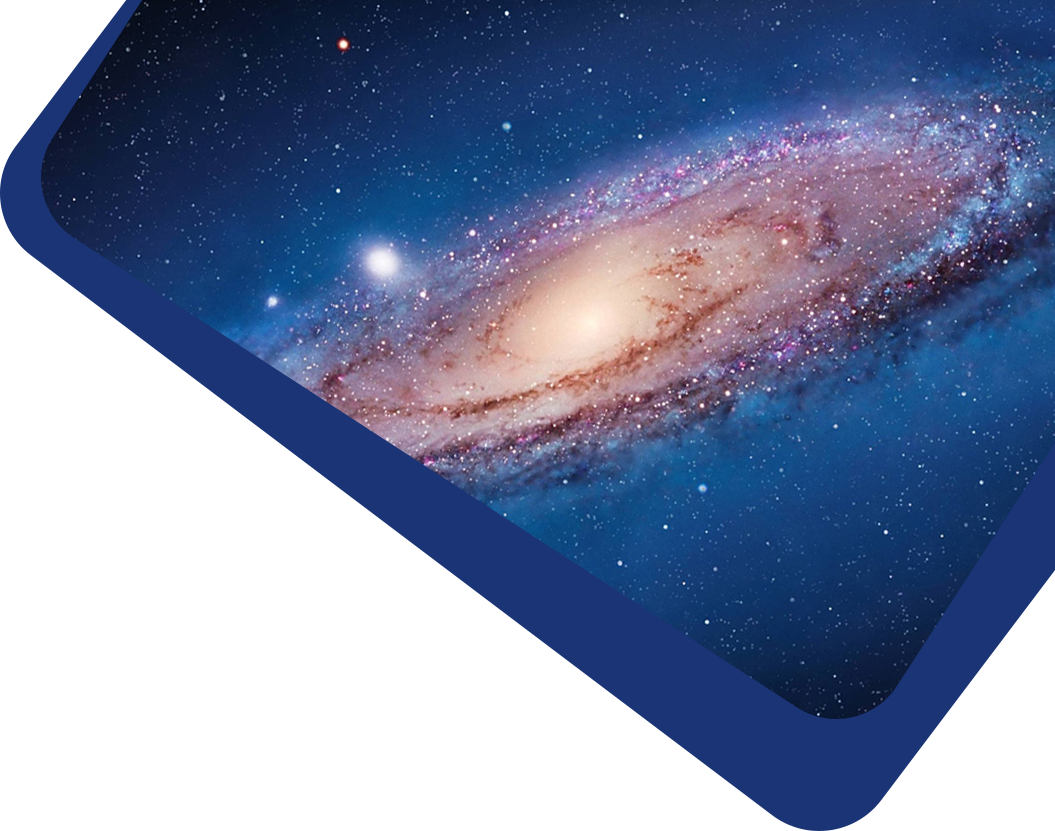Recent JWST observations have revealed that dwarf galaxies start to cease star formation at redshifts z > 1, yet the quenching process remains unclear. In this study, we selected a large sample of 3405 dwarf galaxies with stellar masses below 109.5M⊙ and redshifts ranging from 1.0 to 1.5 across all five CANDELS fields. By utilizing multi-wavelength imaging data from both JWST and HST, we examined the growth patterns and modes of star formation quenching in dwarf galaxies during the cosmic noon era. Based on their specific star formation rates (sSFR), we categorized the sample into three subgroups: star-forming dwarf galaxies below and above the star formation main sequence (SFMS), and quiescent dwarf galaxies. To analyze the UVJ color profiles of these three subgroups of dwarf galaxies, we applied the image stacking technique. This method improves the signal-to-noise ratio and extends the color profiles to the outer regions of the galaxies. Our results show that these galaxies generally exhibit nearly flat stacked color profiles, suggesting that, on average, their growth and star formation quenching patterns are self-similar, differing from those previously observed in dwarf galaxies at lower redshifts. We further discuss the potential roles of internal and external physical processes in the star formation quenching of dwarf galaxies during the cosmic noon period.



